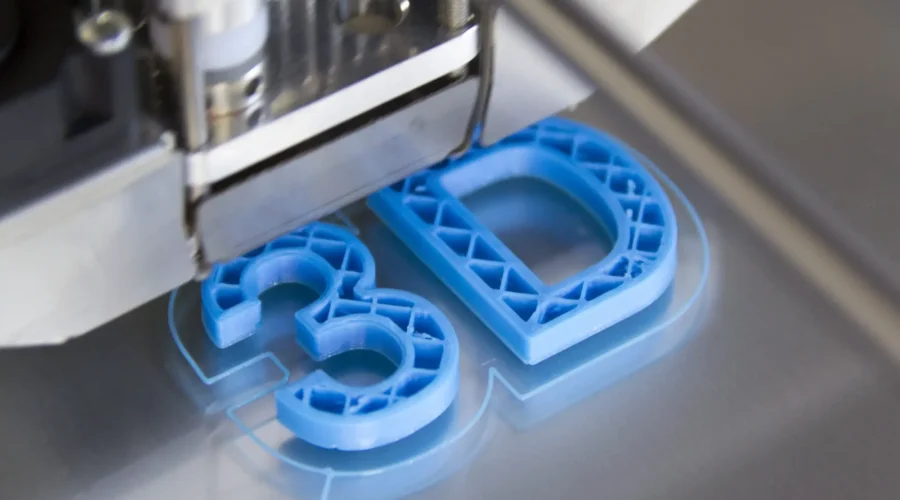Comparing the Sig Sauer P365 to the Springfield Hellcat: A Battle of Concealed Carry Titans
In the world of concealed carry firearms, two names stand out as industry leaders: the Sig Sauer P365 and the Springfield Hellcat. Both pistols offer compact designs, high capacity magazines, and exceptional performance, making them popular choices among gun owners seeking reliable self-defense options. But how do these two titans of concealed carry stack up against each other? Let’s delve into the features, performance, and overall characteristics of the Sig Sauer P365 and the Springfield Hellcat to find out.
Design and Ergonomics
Both the Sig Sauer P365 and the Springfield Hellcat are designed with concealed carry in mind, featuring compact frames and slim profiles that make them easy to carry discreetly. The Sig P365 measures just 5.8 inches in length and 4.3 inches in height, with a width of only 1.0 inch, making it one of the smallest pistols in its class. The Hellcat is similarly compact, measuring 6 inches in length and 4 inches in height, with a width of 1 inch.
In terms of ergonomics, both pistols feature textured grip surfaces for enhanced control and stability during shooting. The P365 boasts an ergonomic grip with aggressive stippling, while the Hellcat features Springfield’s Adaptive Grip Texture for a secure hold in any condition. Both pistols also offer reversible magazine releases and accessory rails for mounting lights or lasers.
Capacity and Magazine Options
One of the standout features of both the Sig P365 and the Springfield Hellcat is their impressive magazine capacity. The P365 ships with two 10-round magazines, providing a total capacity of 10+1 rounds of 9mm ammunition. However, Sig Sauer also offers extended magazines with capacities of 12 or 15 rounds, allowing users to carry even more firepower without sacrificing concealability.
Similarly, the Springfield Hellcat comes standard with two magazines: one 11-round flush fit magazine and one 13-round extended magazine. With a total capacity of 11+1 or 13+1 rounds of 9mm, the Hellcat offers slightly higher capacity out of the box compared to the P365. Additionally, Springfield offers an optional 15-round magazine for those who desire maximum firepower.
Trigger and Shooting Experience
When it comes to trigger performance, both the Sig P365 and the Springfield Hellcat deliver crisp, consistent pulls that contribute to their accuracy and shootability. The P365 features Sig Sauer’s XSeries flat trigger, which offers a clean break and short reset for fast follow-up shots. Likewise, the Hellcat is equipped with a smooth, flat-faced trigger that provides a predictable trigger pull and minimal overtravel.
In terms of shooting experience, both pistols exhibit minimal recoil thanks to their compact designs and dual recoil spring systems. The P365’s proprietary Nitron-coated stainless steel slide and polymer frame contribute to its lightweight and easy handling, while the Hellcat’s hammer-forged barrel and Melonite finish ensure durability and reliability under pressure.
Conclusion
In the realm of concealed carry firearms, the Sig Sauer P365 and the Springfield Hellcat are two standout contenders that offer exceptional performance, high capacity, and compact designs. While both pistols have their strengths and advantages, choosing between them ultimately comes down to personal preference and individual needs.
Whether you prioritize magazine capacity, ergonomics, or trigger performance, both the Sig P365 and the Springfield Hellcat deliver on their promise of providing reliable self-defense options for discerning gun owners. Whichever you choose, you can rest assured knowing that you’re armed with a top-tier concealed carry pistol that’s ready to defend you when it matters most.
In closing it is important to keep in mind that both of the firearms titans have evolved and launched a variety of alternative models to adjust for many of these comparisons. Making it very difficult to compare all the various models now available.



Recent Comments